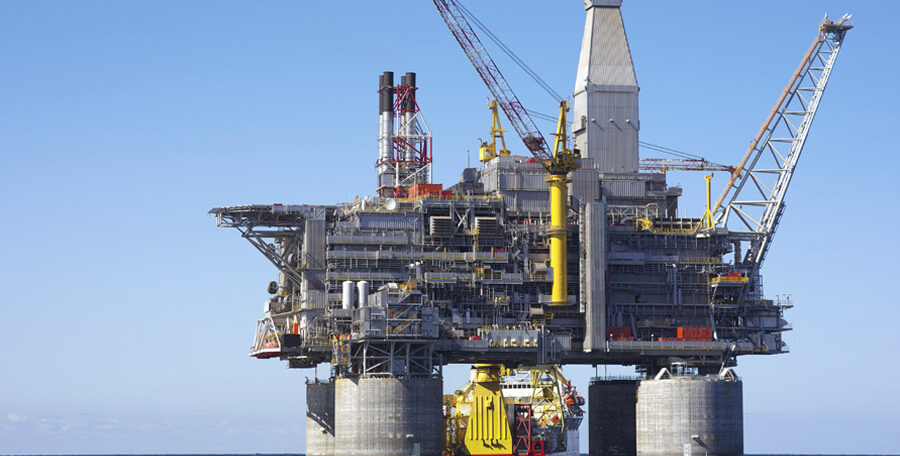Oil rig decommissioning is a critical process that marks the end-of-life for offshore oil and gas platforms. As the industry continues to evolve, decommissioning has become an essential aspect of responsible resource management, environmental stewardship, and regulatory compliance.
Introduction to Oil Rig Decommissioning
Decommissioning involves the safe plugging of the hole in the earth’s surface and disposal of the equipment used in offshore oil production. Decommissioning is a rapidly developing market sector in the petroleum business, with major potential and major risks. It is a source of major liability for counties, operators, contractors and the public and it must be understood if it is to be managed cost effectively.
This complex process requires careful planning, execution, and collaboration among stakeholders.
Process of Decommissioning
Offshore decommissioning involves 10 steps: project management, engineering, and planning; permitting and regulatory compliance; platform preparation; well plugging and abandonment; conductor removal; mobilization and demobilization of derrick barges; platform removal; pipeline and power cable decommissioning; materials disposal; and site clearance.
Types of Decommissioning
- Partial Decommissioning: Removing select components while maintaining operational functionality.
- Full Decommissioning: Complete removal of the platform, wells, and infrastructure.
- Re-use/Repurposing: Converting platforms for alternative uses, such as renewable energy or marine habitats.
READ: OIL RIGS AND TYPES
Decommissioning Methods
- Reverse Installation: Removing components in reverse order of installation.
- Single-Lift: Removing large sections or modules in a single operation.
- Piecemal Removal: Dismantling and removing smaller components.
- Explosive Demolition: Controlled demolition using explosives.
Regulatory Framework
- International Maritime Organization (IMO): Guidelines for offshore decommissioning.
- U.S. Bureau of Safety and Environmental Enforcement (BSEE): Regulations for Gulf of Mexico decommissioning.
- European Union’s Offshore Oil and Gas Decommissioning Directive: Standards for EU waters.
Environmental Considerations
- Marine Habitat Protection: Preserving ecosystems and biodiversity.
- Waste Management: Responsible disposal of hazardous materials.
- Pollution Prevention: Minimizing environmental impact during decommissioning.
Safety Considerations
- Risk Assessment: Identifying and mitigating potential hazards.
- Personnel Training: Ensuring workforce competence and safety.
- Emergency Preparedness: Developing response plans for unexpected events.
Technological Innovations
- Remotely Operated Vehicles (ROVs): Enhancing underwater operations.
- Advanced Cutting Technologies: Improving efficiency and safety.
- Digitalization and Data Analytics: Optimizing decommissioning processes.
Conclusion
Oil rig decommissioning is a complex, multidisciplinary process requiring careful planning, execution, and collaboration. By embracing sustainable practices, technological innovations, and regulatory compliance, the industry can minimize environmental impact, ensure safety, and maximize economic benefits.
READ: OFFSHORE OIL PRODUCTION

